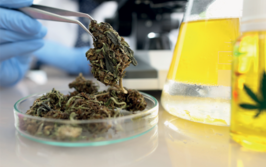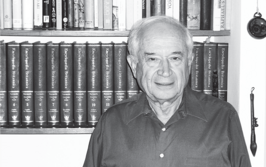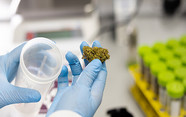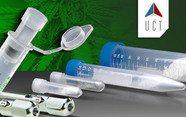Powering Up Cannabis Clinical Trials
At the recent International Congress on Clinical Trials in Cannabis, I heard a clear message from the organizers, speakers, and attendees: we need more evidence. But are randomized, controlled trials the answer?

Everyone agrees that more studies need to be done on medical cannabis… But filling in the (many) knowledge gaps is slow going. Why? Some hurdles are obvious – a lack of funding and an excess of red tape make it hard for researchers in many countries to even think about conducting trials.
But even where clinical trials exist, the data from them is often contradictory, inconclusive or show only marginal improvements – a fact that seems strangely at odds with reports from patients. Should we ignore patients’ experiences? Assume that they are lying to themselves or us? Or do we need to find better ways to define efficacy?
Beyond the problems of quantifying a subject experience like pain or anxiety, the mixture of cannabinoids within cannabis products can be highly variable between strains or preparations. Cannabis exerts effects not on a single target, but by weak binding to a range of receptors throughout the body – Vincenzo Di Marzo (ICB-CNR, Italy) describes the interaction as a “handshake,” – a far cry from the “magic bullet” (a single molecule binding tightly to a target receptor) that is the goal of most pharmaceutical development.
This broad action could account for some of the discrepancy between patient experience and clinical trial data. Even a small reduction in pain may make a big difference when combined with improved mood and sleep, for example. Many real-world patients don’t fit into the neat boxes required in randomized, controlled clinical trials, but have a complex web of physical and emotional symptoms. We need to develop better methods to evaluate interventions for these patients – could cannabis clinical trials lead the way?
One radical approach would be to abandon traditional randomized, controlled clinical trials altogether, in favor of observational studies. In countries with centralized digital health records, the outcomes of thousands of patients can be studied across many years of treatment. And online resources for cannabis users, such as The Dosing Project and Strainprint, let patients track dosages, strains and symptoms at the click of a button.
Whichever route we choose, we need to make sure the data are robust and assessed by specialists in an array of disciplines to glean as much useful information (whether outcomes be positive or negative) as possible.

After studying biology at Imperial College London, I got my start in biomedical publishing as a commissioning editor for healthcare journals, and I’ve spent my career covering everything from early-stage research to clinical medicine. Attracted by the creativity, talent and passion of the team, I joined Texere Publishing in 2014, where I’m now Associate Content Director and Editor of The Cannabis Scientist.












